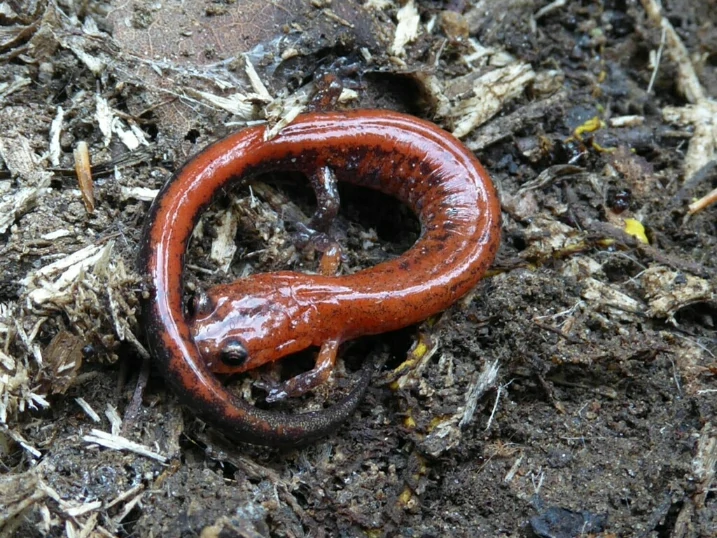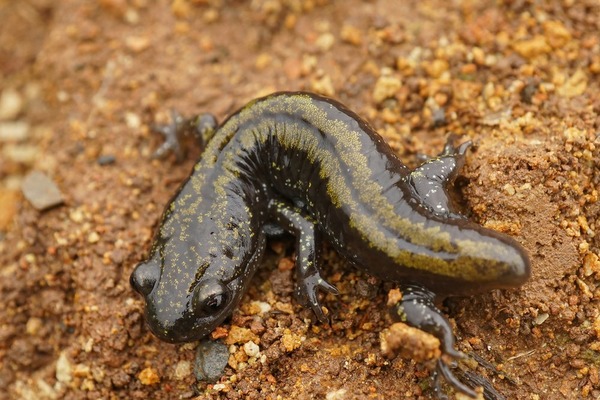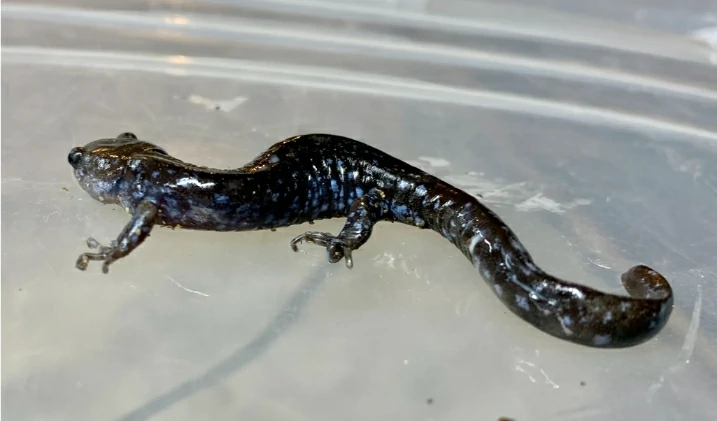Can You Get Sick From Touching A Salamander?
Salamanders may look small and quiet, but they are fascinating creatures that need very specific care. Because they live in damp places like forests, wetlands, and near streams, and have smooth, moist skin, many people wonder: can you get sick from touching a salamander? Yes, it is possible to get sick from touching a salamander … Read more










